Ilse Ruppert is a freelance photographer since 1978. She lived between Paris and Los Angeles, and now she is based in Berlin.
In the early 80’s she portrayed the punk and new wave scene in Hamburg, Berlin, Paris, London and New York City but also actors, painters and writers for reports and features in national and international magazines.
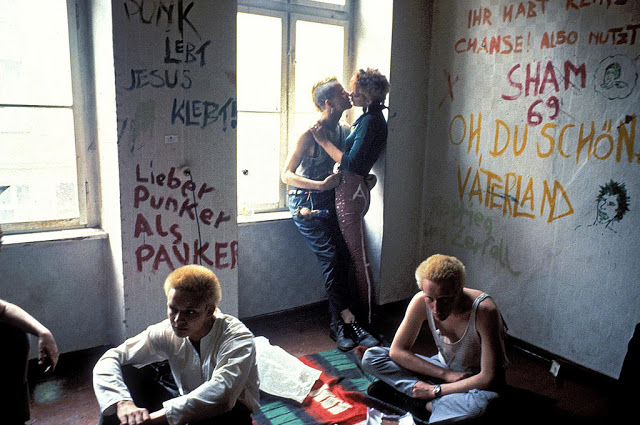
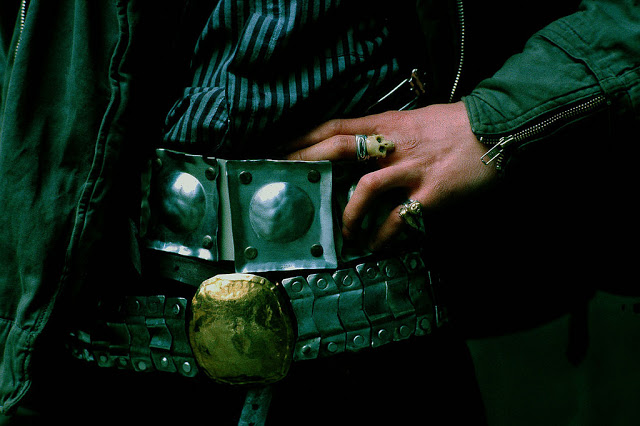
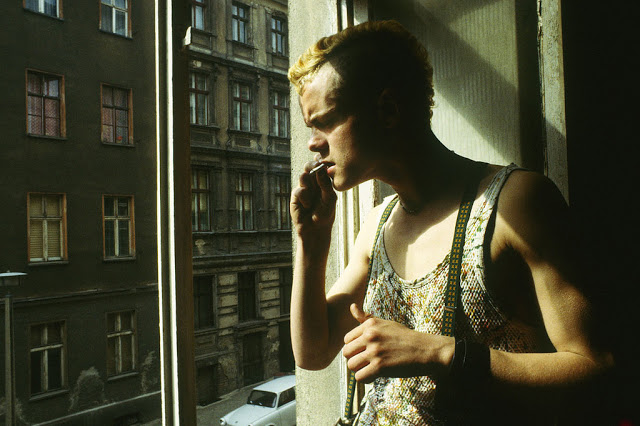
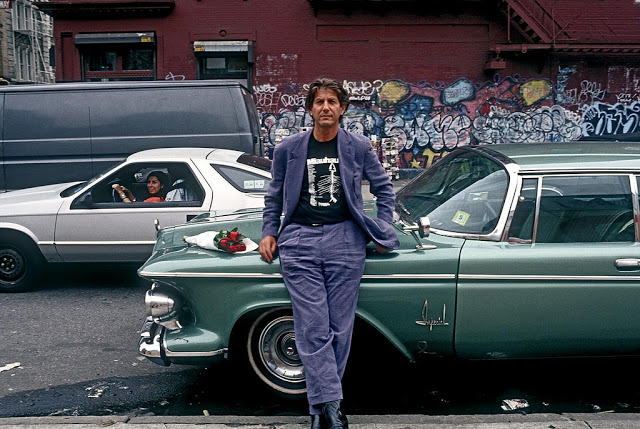
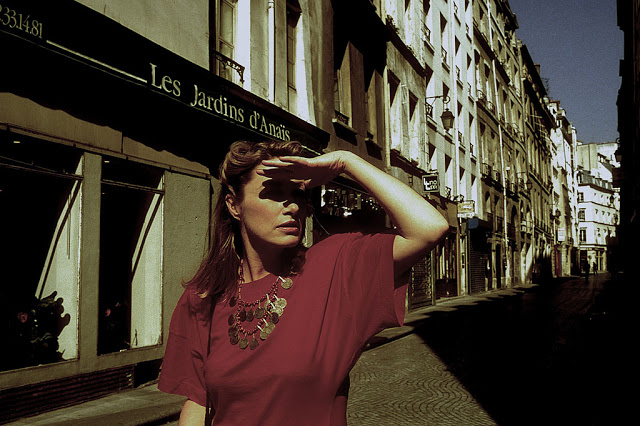
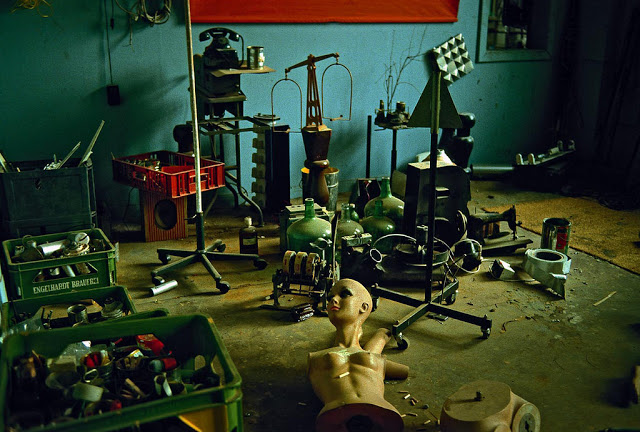
The punk subculture emerged in the United Kingdom, Australia, and the United States in the mid-1970s. Exactly which region originated punk has long been a major controversy within the movement.Early punk had an abundance of antecedents and influences, and Jon Savage describes the subculture as a “bricolage” of almost every previous youth culture in the Western world since World War II, “stuck together with safety pins”.Various musical,philosophical, political, literary and artistic movements influenced the subculture.
In the late 1970s, the subculture began to diversify, which led to the proliferation of factions such as new wave, post-punk, 2 Tone, pop punk, hardcore punk, no wave, street punk and Oi!. Hardcore punk, street punk and Oi! sought to do away with the frivolities introduced in the later years of the original punk movement.[The punk subculture influenced other underground music scenes such as alternative rock, indie music, crossover thrash and the extreme subgeners of heavy metal (mainly thrash metal, death metal, speed metal, and the NWOBHM).A new movement in the United States became visible in the early and mid-1990s that sought to revive the punk movement, doing away with some of the trappings of hardcore.

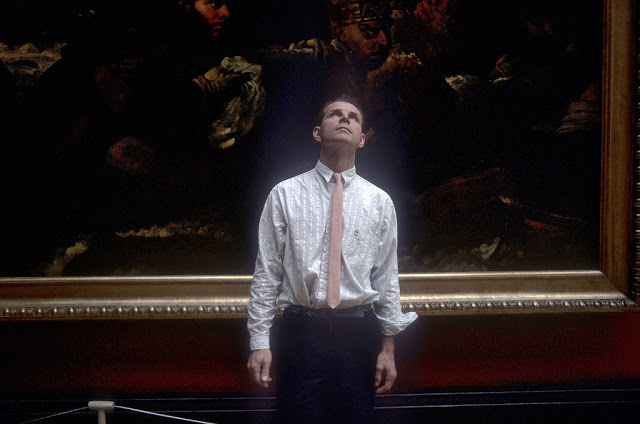
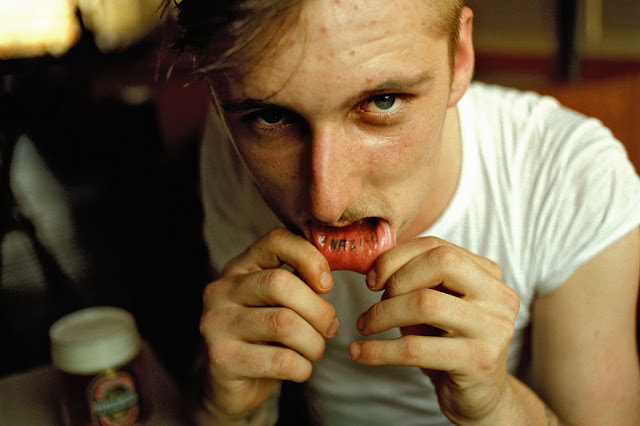
Although punks are frequently categorised as having left-wing or progressive views, punk politics cover the entire political spectrum. Punk-related ideologies are mostly concerned with individual freedom and anti-establishment views. Common punk viewpoints include anti-authoritarianism, a DIY ethic, non-conformity,direct action and not selling out.
Other notable trends in punk politics include anarchism, individualism, anti-statism, anti-militarism, anti-capitalism, anti-racism, anti-sexism, anti-nationalism,homophilia, environmentalism, vegetarianism, veganism and animal rights. However, some individuals within the punk subculture hold right-wing views (such as those associated with the Conservative Punk website), neo-Nazi views (Nazi punk), or are apolitical (e.g., horror punk).
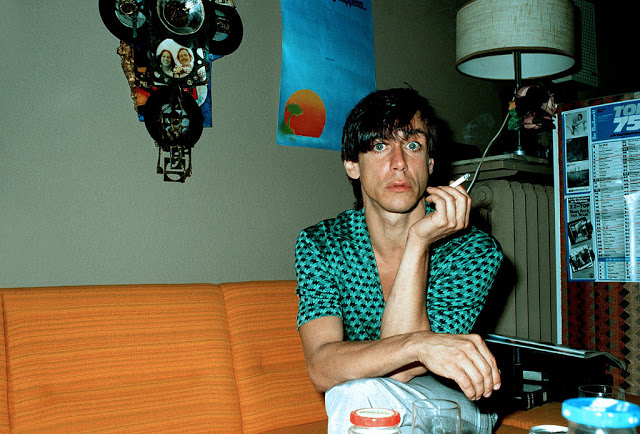
Early British punks expressed nihilistic and anarchist views with the slogan No Future, which came from the Sex Pistols song “God Save the Queen”. In the United States, punks had a different approach to nihilism which was less anarchistic than the British punks.Punk nihilism was expressed in the use of “harder, more self-destructive, consciousness-obliterating substances like heroin, or methamphetamine
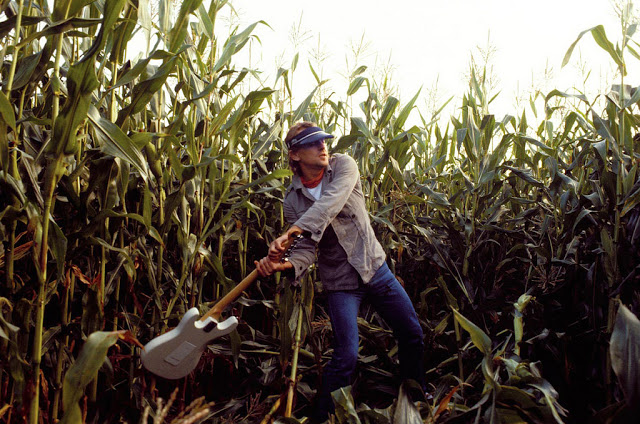
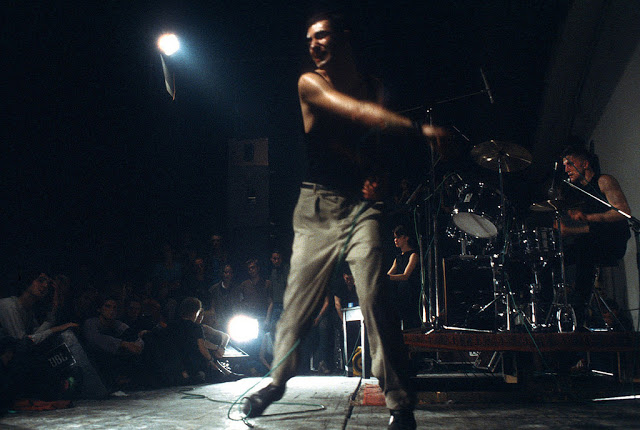
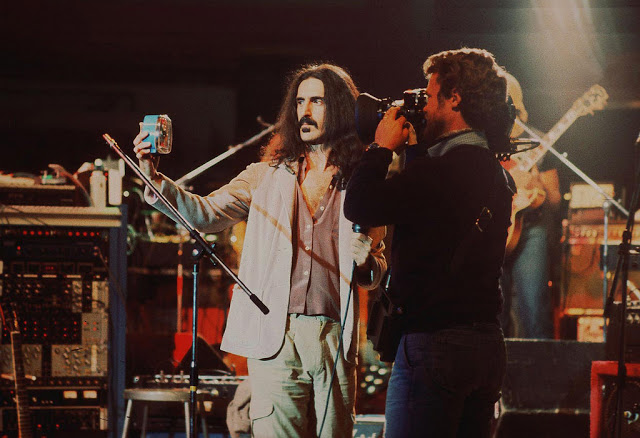
Early punk fashion adapted everyday objects for aesthetic effect: ripped clothing was held together by safety pins or wrapped with tape; ordinary clothing was customised by embellishing it with marker or adorning it with paint; a black bin liner became a dress, shirt or skirt; safety pins and razor blades were used as jewellery. Also popular have been leather, rubber, and vinyl clothing that the general public associates with transgressive sexual practices like bondage and S&M
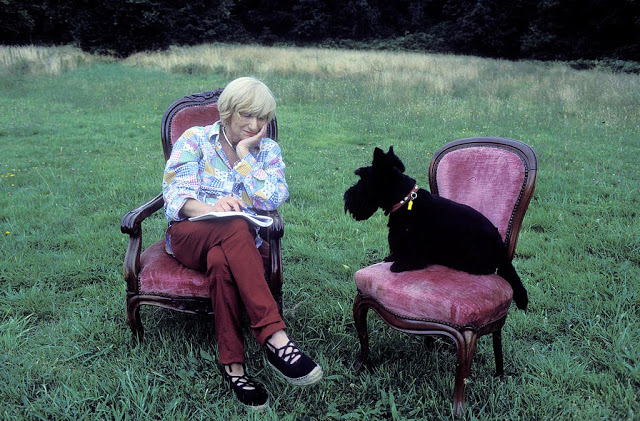
All photos courtesy of Ilse Ruppert
